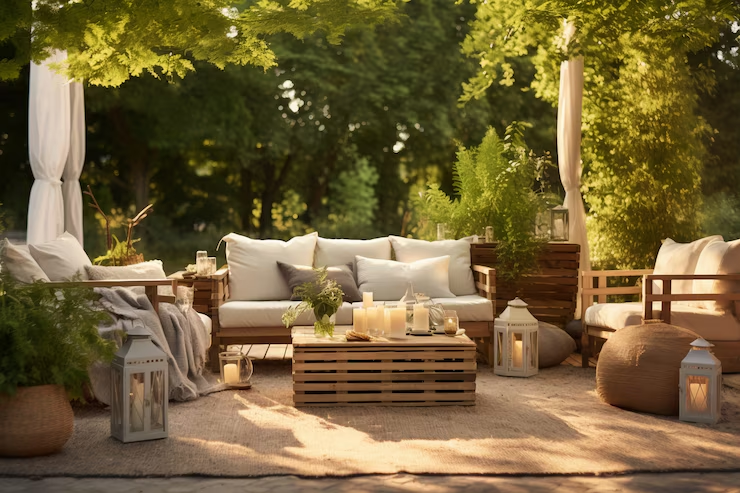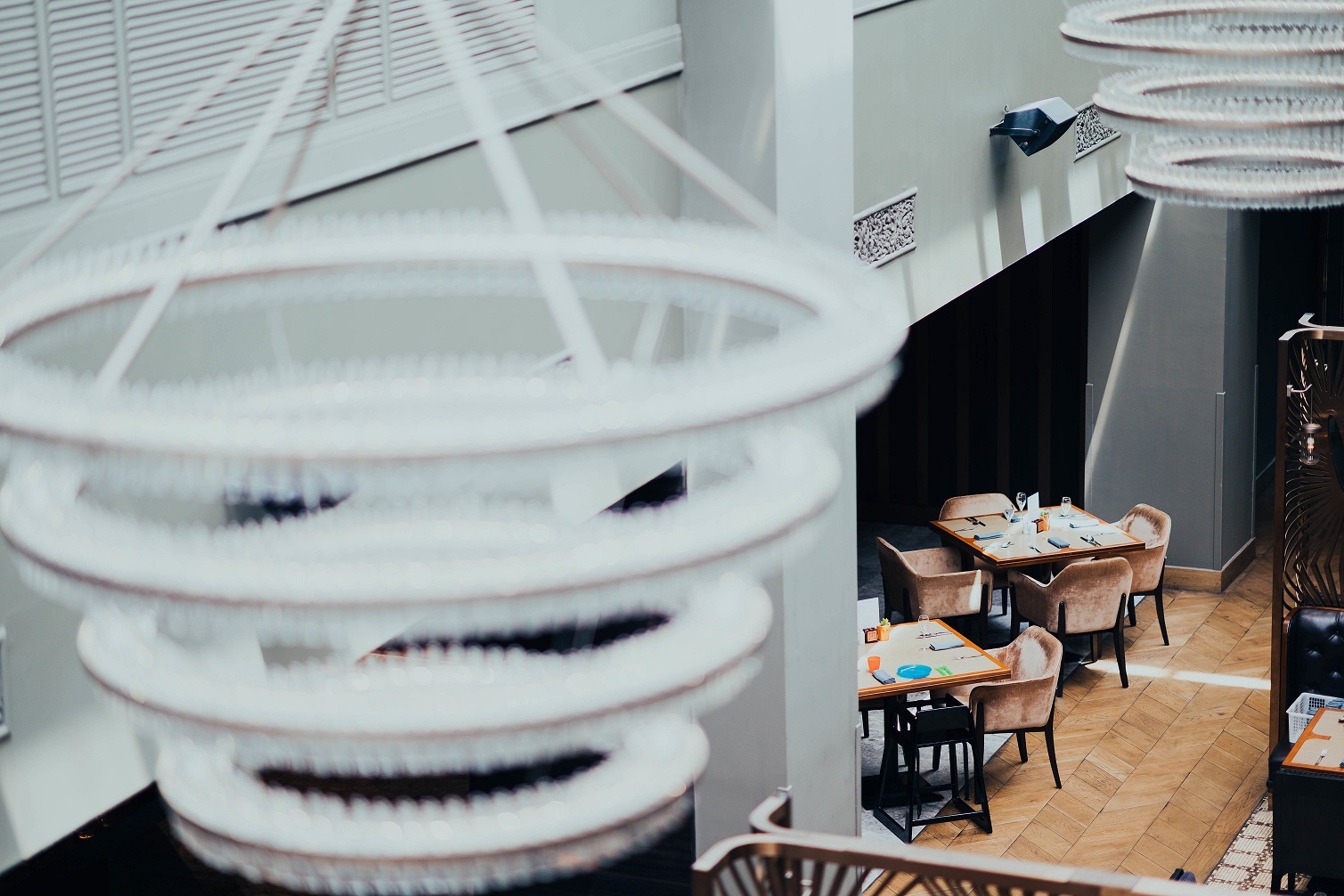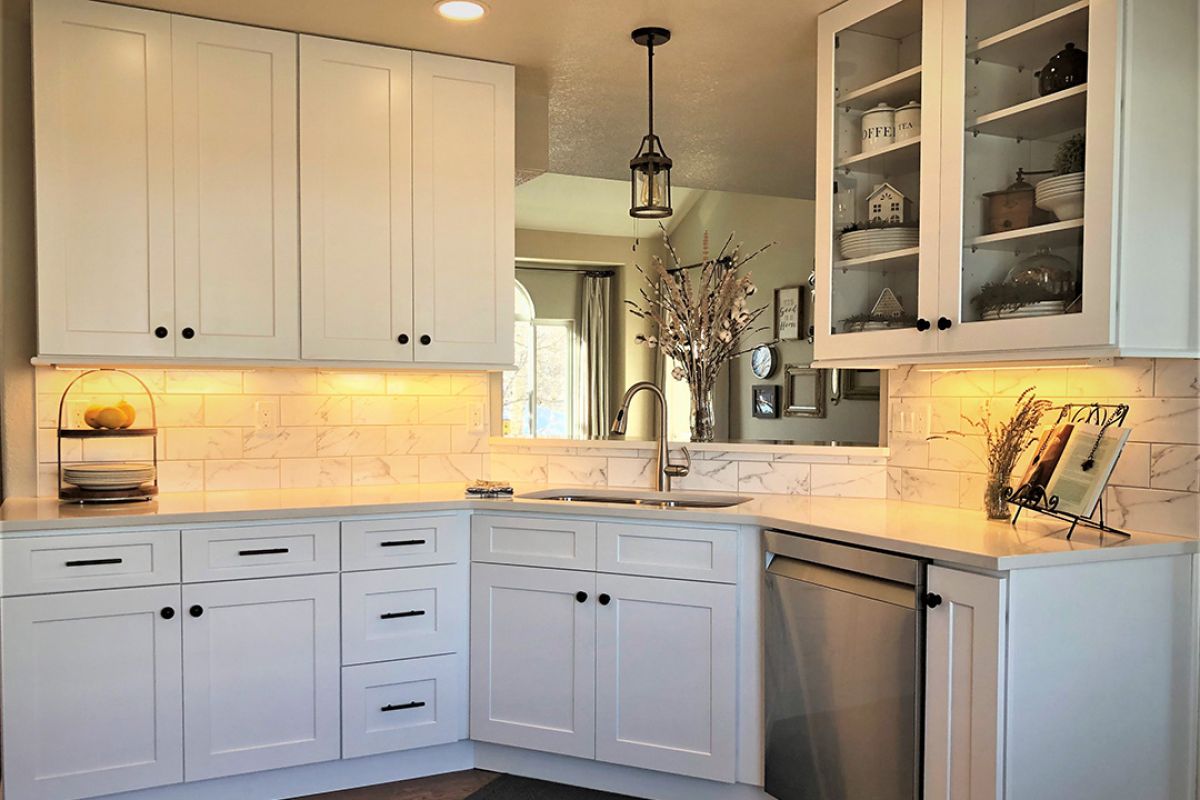In the dense, high-rise landscape of Singapore, rooftops offer a rare chance to reclaim outdoor space. As commercial buildings reach skywards, architects and property managers look upwards to build tranquil, green havens. Rooftop gardens do more than offer a break from concrete—they enhance air quality, reduce heat, and provide relaxing spaces for workers and visitors.
One key material that makes these spaces both beautiful and durable: is composite wood decking. Used wisely, it creates walkways, seating zones, and leisure platforms that endure Singapore’s tropical climate. This article explores how composite decking suits rooftop gardens in commercial environments, what design choices matter, and how to build systems that last.
Why Composite Wood Decking Makes Sense?
Singapore’s humidity and heavy rainfall make durability a priority. Wood warps, swells, and decays over time. Composite wood decking solves these issues using a blend of recycled wood fibres and plastic. The result? A stable surface that holds shape, resists water and looks like natural timber.
For rooftop gardens, composite offers another edge: weight. Traditional wood can be heavy, putting strain on rooftop structures. Composite materials tend to be lighter, easing the load on the building’s frame. They also need no staining, sanding, or sealing—saving maintenance time and cost in the long run.
Engineered to endure UV rays and daily wear, composite surfaces retain colour and texture for years. This means commercial buildings can design rooftops that stay elegant, functional, and safe through constant use.
Key Considerations in Rooftop Garden Design
Designing rooftop gardens goes far beyond planting shrubs. Every element must suit rooftop loads, exposure to sun, wind, and water, and the daily foot traffic from building occupants. The surface underfoot plays a central role.
1. Weight Limits and Structural Integrity
- Before choosing decking, engineers must assess the rooftop’s load-bearing capacity. Soil, planters, water features, and people all add up. Lightweight composite decking spreads less strain than heavy wood or stone. Floating deck systems—using pedestals instead of direct fixing—further reduce weight and simplify drainage.
2. Weather Resistance
- Singapore’s weather shifts quickly from blazing sun to torrential downpours. Outdoor decking must withstand both. Composite boards absorb far less water than timber, preventing expansion and splits. Their textured surfaces also reduce slipping, keeping users safe during rain.
3. Visual Appeal
- The natural grain and warm tones of wood remain popular. Composite decking now replicates this look closely—some even mimic hardwood species like teak or walnut. Architects can mix shades or use borders to create patterns, divide zones or guiding foot traffic naturally.
Installing Rooftop Composite Decking in Singapore
Installation methods affect long-term performance. Rooftop projects use unique systems to cope with movement, weight, and moisture.
1. Floating Deck Systems
- Most rooftops avoid drilling or fixing materials directly into the slab. Instead, adjustable pedestals lift the decking above the surface. These allow air circulation and drain water, preventing damage from pooling. Workers can also hide electrical lines or irrigation pipes below the deck.
- Boards then snap or screw into joists attached to the pedestals. This modular system allows quick access for repairs or inspections. It also offers flexibility for future upgrades.
2. Ventilation and Drainage
- Airflow under the decking prevents mould and keeps materials dry. A good drainage layer ensures water escapes during storms. Contractors angle the base surface slightly, so rain flows toward rooftop drains. Some systems use built-in slope correction to maintain level walkways even on angled rooftops.
Benefits for Commercial Properties
In office towers, malls, or hotels, rooftop spaces offer more than a garden view. They extend usable space for meetings, dining, or wellness. Composite decking helps these areas stay safe, clean, and inviting all year.
1. Low Maintenance
- Facilities teams juggle many tasks. Composite decking removes one major burden: upkeep. Without splinters or rot, surfaces stay safe without constant repairs. Occasional cleaning with water and a soft brush keeps the boards looking fresh.
2. Long-Term Value
- The initial investment may be higher than timber, but savings come through longevity. With no need for sealing or treatment and little risk of damage, composite decking holds its value over time. For building managers, this means fewer interruptions, better aesthetics, and lower lifecycle cost.
3. Sustainability
- Many composite boards use recycled content. In an eco-conscious city like Singapore, that matters. Choosing decking that reuses waste wood and plastic fits well with green building goals. Some products even meet Green Mark standards, helping projects earn certification.
Material Comparison: A Closer Look
To decide wisely, builders need to compare materials side by side. Here’s how composite decking stacks up against other common rooftop surfaces:
Material Comparison Table
|
Feature |
Composite Decking |
Natural Wood |
Concrete Pavers |
Artificial Turf |
|
Weather Resistance |
High |
Low |
High |
Medium |
|
Weight |
Medium |
High |
Very High |
Low |
|
Maintenance |
Low |
High |
Medium |
Medium |
|
Slip Resistance |
Good |
Varies |
Good |
Fair |
|
Aesthetic Options |
Many |
Many |
Few |
Few |
|
Eco Impact |
Recycled content |
Natural |
High emissions |
Synthetic |
This table shows why rooftop composite decking Singapore projects rely on composite materials. They hit the sweet spot between function, form, and responsibility.
Design Inspirations for Rooftop Decking
A rooftop doesn’t need to feel industrial. With careful planning, it can feel like a peaceful courtyard or tropical retreat.
1. Green Zones
- Pair decking with raised planters. Include benches built from matching decking boards. This creates harmony and offers people a place to relax or eat outdoors.
2. Modular Layouts
- Use decking patterns to separate zones: lounging, walking, or group seating. Change board direction or colour to mark transitions without walls.
3. Shade and Shelter
- Add pergolas or overhangs. Not only do these block harsh sunlight, but they also help frame the space. Climbing plants trained along frames boost greenery without adding planter weight.
Challenges to Expect
Rooftop gardens are rewarding, but not always simple. Planners must solve logistical and environmental puzzles.
1. Delivery and Access
- Getting decking boards up on multiple floors requires planning. Cranes, hoists, or lifts must fit the material size. Workers also need safety gear and training to work at heights.
2. Heat Exposure
- Dark surfaces absorb heat. Choose lighter shades of decking to reduce surface temperature. Some composite products use special coatings to reflect heat and stay cooler to the touch.
3. Movement and Expansion
- Roofs expand slightly in the heat. Decking must allow space between boards and edges to handle this shift. Installers use clips that let boards slide slightly with temperature changes.
Conclusion: Building Skyward with Confidence
In commercial buildings where space is precious, rooftops hold the key to transformation. Composite decking unlocks the full potential of these sky-high zones. Durable, attractive, and low-maintenance, it handles the heat, rain, and wear of Singapore’s climate with ease.
As more properties aim for sustainability, wellness, and green credentials, rooftop gardens will only grow more important. Outdoor Decking forms their foundation—literally and figuratively. By choosing smart materials and designs, planners create peaceful escapes above the city’s buzz.






